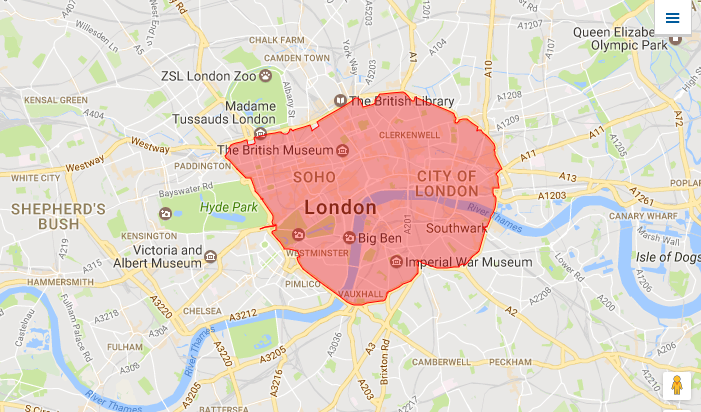While we have all enjoyed the benefits of a world with less traffic congestion during the pandemic, traffic levels are unfortunately steadily increasing again as citizens slowly but surely return to the office as part of their new working patterns.
As a result, local governments and city planners are therefore doing everything possible to reduce transport-related pollutants that are hazardous to the environment and human health. Many cities have implemented low-emissions zones designed to keep carbon-intensive vehicles out of city centres to improve overall air quality. For example, the Mayor of London has proposed plans for the expansion of London’s Ultra Low Emission Zone (ULEZ), extending the catchment area to the Kent border. Meanwhile, Aberdeen, Dundee, Edinburgh and Glasgow introduced their own Low Emission Zones earlier this year.
When you consider the environmental cost of traffic congestion, which is alarmingly high, these are encouraging developments. For example, in 2021, 14.8 megatonnes (Mt) of CO2 was emitted in London due to road traffic, of which 15% (2.2Mt) was a direct result of congestion. To capture London’s 2021 traffic-related emissions from the atmosphere, the UK would need to grow a forest nearly the size of Northern Ireland in one year.

The impact of EVs on low emissions zones
With governments aiming to cease the sale of gasoline and diesel cars by 2030, low emission zones would ultimately become redundant in a few decades, with UK citizens and businesses required to switch to more sustainable vehicles.
Taking London as an example, TomTom estimates that increasing the EV ratio by just 1% within the capital’s traffic mix would write off 155,000t of CO2 emissions—equivalent to a forest the size of Manchester (125km) to remove this amount of CO2 from the atmosphere. Based on this, it is clear that accelerating the switch to EV mobility will be essential for the UK to achieve its goal of net zero emissions by 2050.
Increased demand for charging stations must also be met. In the long-term, gas stations should be replaced with charging stations, where vehicles can take turns to charge before resuming their journeys. By then, technologies will likely be advanced enough that it takes less time to charge vehicles, taking minutes instead of hours.
Yet, this will result in more vehicles being welcomed back into city centres. While they would be free from harmful emissions, we cannot ignore that traffic congestion would increase enormously. Where certain vehicles previously had to bypass the city, they would once again be allowed to pass through it with ease.
With governments aiming to cease the sale of gasoline and diesel cars by 2030, low emission zones would ultimately become redundant in a few decades
Planning for a less congested future
Fortunately, there are several ways to simultaneously combat both urban traffic emissions and congestion. For public authorities and city planners, knowing how to influence traffic to ensure viable traffic flows and the efficient use of the infrastructure is essential. Using location technology will continue to change how people move around their cities because it is connected to transportation, commerce, and a strong economy.
Better traffic management, however, can only improve traffic flow by 10%. Therefore, the modal split needs to be altered to effectively combat congestion and permanently end the traditional rush hour peaks in cities. There needs to be more emphasis on using bicycles, public transportation, and other modes of transportation. These are straightforward fixes that are currently underutilised.
Congestion charges or zones where only a select number of cars are permitted to drive during peak hours may also be implemented by cities. Greater collaboration between city planners, policymakers, employers, and drivers is necessary for this reorientation, but it will take time. However, this change is critical to truly reduce transport-related emissions, while still ensuring that we resolve urban traffic congestion in a future wherein the low emission zones become redundant.
The opinions expressed here are those of the author and do not necessarily reflect the positions of Automotive World Ltd.
Andy Marchant is Traffic Expert at TomTom
The Automotive World Comment column is open to automotive industry decision makers and influencers. If you would like to contribute a Comment article, please contact editorial@automotiveworld.com

